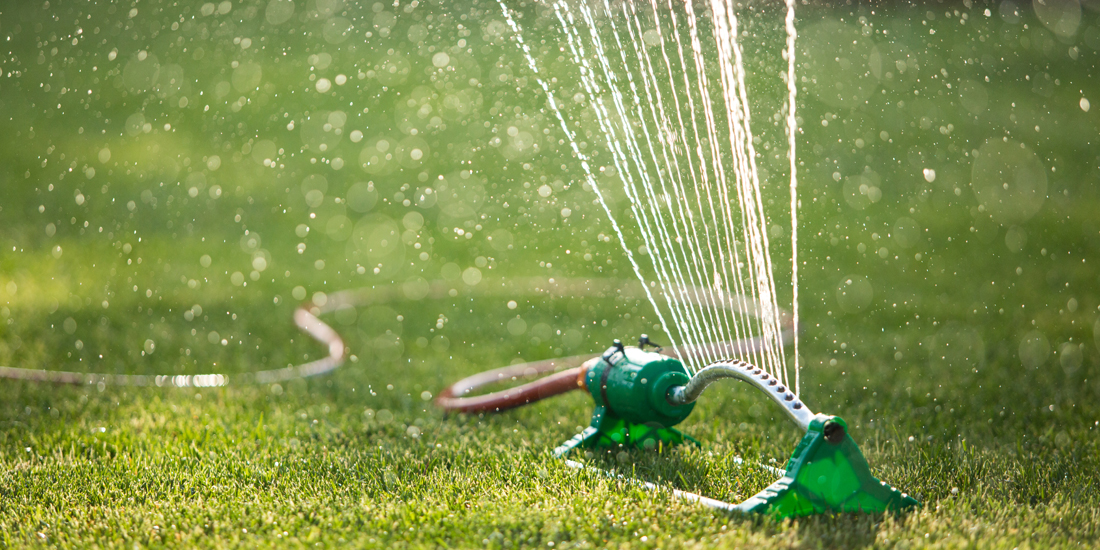How often should I water my lawn?

A good watering routine helps to maintain your lawn, but it’s important to know how much is too much, or you could end up with a bayou! Join us as we look at how often to water your lawn the best time to water grass, and we will also share some tips to ensure your grass gets the most benefits from lawn watering!
Despite the British weather often putting a damp spell on our summers, it’s not uncommon for lawns to become dehydrated and suffer from drought throughout the drier months. This is why it’s important now, more than ever, to know how often to water your lawn to keep your grass seed in good health and condition so it looks beautiful and grows strong.
So, How often should I water my lawn?
It is best to water your lawn heavily and infrequently - this is the most beneficial approach since it helps grass develop deep root systems while reducing the chance of diseases and weeds. Water daily for the first six weeks after sowing, although be careful not to over-water your lawn.
How often you water your lawn depends on a number of factors that vary significantly from garden to garden and where you live in the UK. If you’ve just sown a new lawn, ensuring the grass has access to plenty of water is vital to ensure successful germination and establishment.
However, regular watering isn’t always necessary. This is especially true due to the weather in the UK since it rains a lot here! But, during particularly hot and prolonged humid weather or drought conditions, you should re-adopt a regular watering routine to keep your lawn hydrated!
You can see more information on this in our video guide below:
What to consider when watering your lawn
The main factors that affect how often you should water your lawn are location, soil type, shade and other things that may be present, such as tree roots. However, it’s best to consider a few key things when assessing whether your lawn needs a top-up. The first sign your lawn needs watered is when the grass begins to lose its ‘springiness’ and is very flat after being walked on. But the most obvious thing to look out for is when your grass begins to turn yellow and appear to be going limp. And if there’s no rain forecast any time soon, then now is one of the best times to water grass. If done correctly, your lawn will return to health almost immediately!
How much water should I give my lawn?
The aim of lawn watering is to keep your soil moist so that your seeds have adequate access to the water they need to boost their growth. This can mean providing 1 1/2 inches of watering to your seedbed. Do not be concerned if the water pools on the surface immediately after watering. However, if it is still visible hours later, then you may have over-watered. If your soil drinks up the water extremely quickly (especially in periods of drought), you may need to water more.
How often to water grass seed?
People use a range of methods and equipment when applying water to their lawns, and these can vary from a simple watering can to a Wembley-worthy sprinkler system. This depends a lot on practicality and personal preference; a watering can will do a fine job, but using it on a 500m2 lawn may not be the most practical method, so static or rotary sprinklers are usually a worthwhile investment. The important thing to remember is that regardless of the tools used, following the tips above will help you maintain a good watering routine.
For further reading, we have a guide on watering new grass, advice for watering your lawn in summer, and general tips for lawn watering.